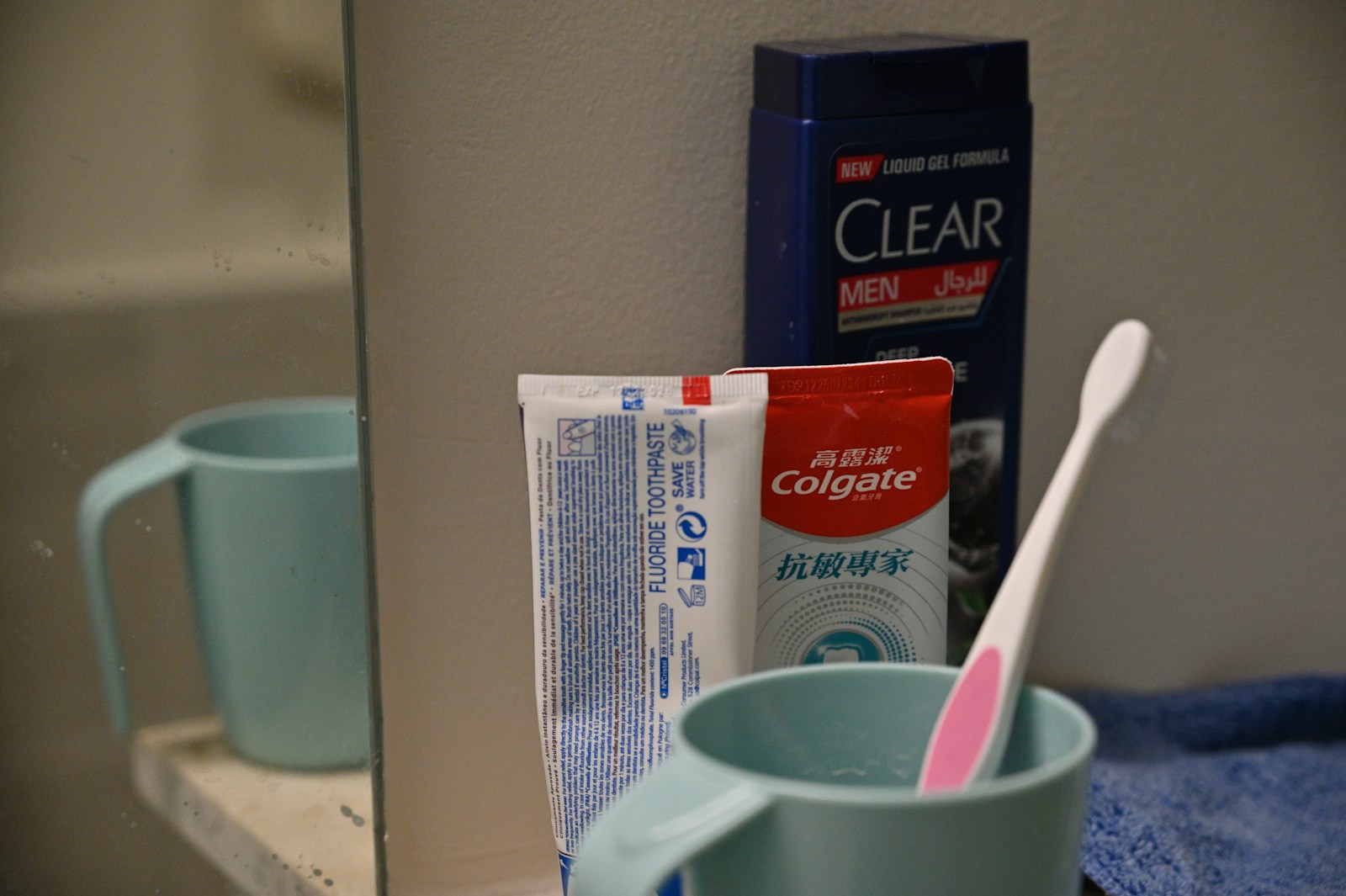Trade Dress Protection and Border Enforcement of Intellectual Property Rights in India: Insights from the Colgate Case

Introduction
In today’s globalized economy, the unauthorized import and sale of products that imitate established brands has become a significant challenge. Beyond traditional trademarks, trade dress- the distinctive packaging, colors, and design of a product has emerged as a critical tool for protecting brand identity. Courts in India are increasingly recognizing that trade dress violations can mislead consumers, dilute brand value, and undermine fair competition. Recent rulings illustrate how the judiciary and customs authorities are stepping in to safeguard these rights at the border, reflecting a growing jurisprudence on the interplay between intellectual property law and trade regulation.
Table of Contents
Understanding Trade Dress and Its Legal Protection in India
Trade dress refers to the visual appearance of a product, including its packaging, shape, color combinations, and graphic layout, which identifies the source of the product to consumers. Unlike standard trademarks that protect logos or brand names, trade dress safeguards the overall look and feel that distinguishes a product in the market.
Under the Trade Marks Act, 1999, trade dress may be protected if it is distinctive and non-functional. Courts in India have increasingly applied the principle of passing off, even to unregistered trade dress, when imitation causes consumer confusion or damages the goodwill of the original brand. Enforcement becomes particularly challenging in the case of imported goods, where customs authorities play a pivotal role in intercepting potential infringing products at ports of entry.
Legal Challenges in Enforcing Trade Dress Rights
Enforcing trade dress rights at the border involves multiple legal and procedural hurdles:
- Identification of infringing goods: Determining whether imported products genuinely imitate a protected trade dress requires careful inspection and expert evidence.
- Interim relief and procedural fairness: Courts must balance the brand owner’s rights with the interests of importers, who may be unaware of infringement or may not yet have received formal notice.
- Collaboration with customs authorities: Legal frameworks allow courts to direct customs officers to inspect, seize, or hold goods, but these actions require precise legal authorization to prevent overreach or misuse.
- Global supply chain complexity: Products sourced from multiple jurisdictions complicate enforcement, highlighting the importance of well-documented evidence.
Colgate-Palmolive vs. Unidentified Chinese Importers: A Case Study
A recent illustrative example of these principles in action is Colgate-Palmolive Co v. John Doe & Ors., before the Delhi High Court. Colgate alleged that imported toothbrushes and toothpastes branded as “Doctor Good,” and shipped via Mundra Port, used red and blue packaging similar to its own distinctive trade dress.
While Colgate had a prima facie case of infringement, the Court emphasized procedural prudence, directing the customs authorities to inspect the containers and report back before granting an injunction. Representatives from Colgate were allowed to be present during the inspection to verify the allegedly infringing goods. This measured approach ensured that the plaintiff’s rights were protected while maintaining fairness to potential defendants.
The case highlights two broader points:
- Trade dress enforcement is increasingly important at the border, especially for products that are visually similar and target the same consumer segment.
- Courts are adopting pragmatic mechanisms like using customs officers to verify alleged infringing goods to prevent misuse of interim injunctions and preserve evidence.
Implications for Brand Owners and the Market
The Colgate case reflects a wider trend in Indian jurisprudence: the recognition of trade dress as an intangible asset deserving legal protection. Brand owners must be vigilant in documenting their packaging designs and monitoring imports, as infringement often arises through foreign supply chains.
For courts and customs authorities, the key takeaway is that effective enforcement requires both legal authority and fact-based verification, ensuring that interim remedies are granted responsibly and procedural fairness is maintained.
Conclusion
Trade dress protection is becoming an essential aspect of intellectual property enforcement in India. The legal framework allows courts to combine injunctive relief, customs inspections, and evidentiary safeguards to prevent consumer deception and protect brand goodwill. The Colgate case serves as a practical illustration of these mechanisms in action, but the broader legal principles apply across industries and brands, highlighting the evolving landscape of IP enforcement in India.
By entering the email address you agree to our Privacy Policy.